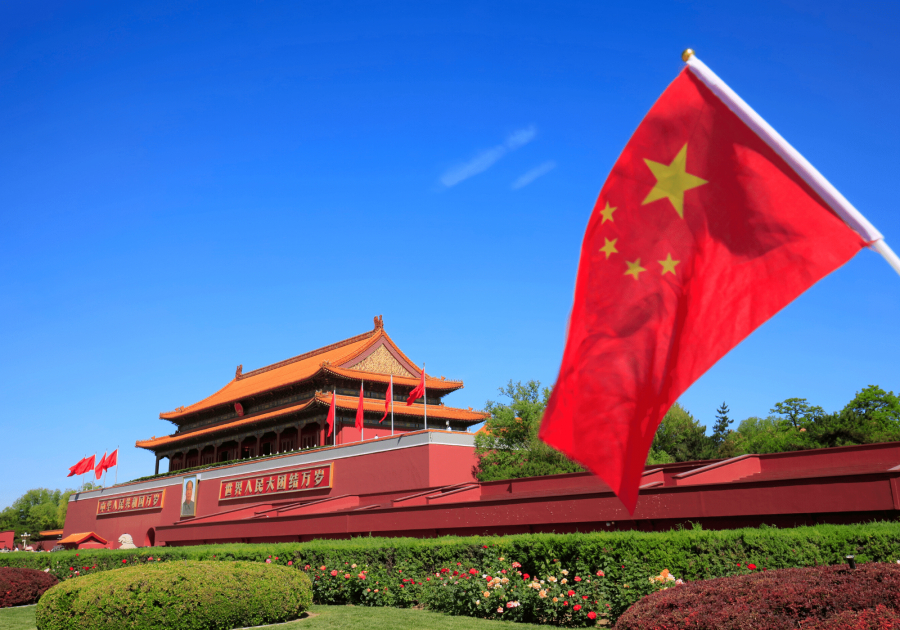Teach Abroad Blog
Teaching abroad

My First Year of Teaching
Learn about someone else’s first teaching experience to help set your expectations of what being a beginner teacher will look like.

It Is All In the Name, 21 Quirky and Bizarre ‘Chinese’ English Names
As a new English teacher you might frown upon the names of your new students. Like most language learners, they were given the freedom to choose their own English names and — perhaps sometimes a little too much freedom. Instead of John or Mary, boys will call themselves Hulk, Tarzan, Hercules or Devil, while girls go by the names of: Cherry, Holiday, Apple, Happy, Lolly or Sugar.

How to find the best flight deals online
Whether you’re in need of a last minute ticket home or looking for the cheapest way to check out on a beach somewhere in the sun, searching for the best airline prices can be tricky. Hunting for the best deals online can seem like more work than it’s worth, as there are a whole host of sites to search through, all with unique combinations of potential flight times, carriers and routes to consider. Here are a few of the best places to find the best deals online:
Living Abroad

The most popular US universities for Chinese students
The United States remains the most popular destination for Chinese students looking to study abroad. In the 2013-2014 school year over 274,000 Chinese students came to the United States to study, accounting for 31% of the entire international student body that year. A large number of these students come from China’s wealthiest and most powerful families—the daughter of President Xi Jinping, for example, studied under an assumed name at Harvard. While the US remains the uncontested number one destination for Chinese students, the U.K. came in second with a total of 58,810 students commencing their studies in the 2013-2014 school year, compared to 57,190 Chinese students in all other European countries.

The Most Famous Foreigners in China
In many parts of China simply being a foreigner used to earn you some semblance of fame, but as more and more expats are choosing to call China home and high schools around the world are starting to offer Chinese classes, being white and able to speak some Chinese no longaer earns you the celebrity status. Here’s a list of 5 famous “lao wais” and a short description of what they’ve done to accomplish that status.

11 Quick Facts About China
China is one of the biggest countries in the world, and with a population of 1.4 billion people, you’re bound to have some quirks. Here are 11 of the most surprising facts.
